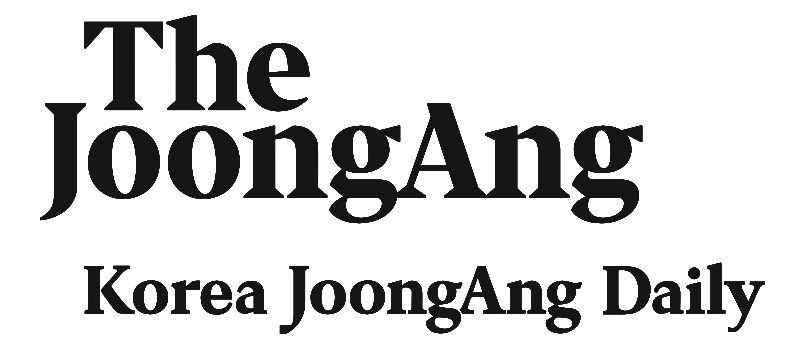'The Last of the Sea Women' director praises documentary's 'haenyeo heroines' at BIFF

BUSAN — Inspired by her childhood fascination with haenyeo, or Korean female sea divers, director Sue Kim's new documentary “The Last of the Sea Women” brings to light the untold stories of these women whom she once imagined as a “secret underwater girl gang.” Through her lens, Kim captures their enduring sisterhood and sense of empowerment, while also highlighting a new threat facing their way of life.
“I have been fascinated with haenyeo culture pretty much my whole life,” Kim said during a press conference for her new film at the Busan Film & Audiovisual Industry Center in Haeundae District on Thursday. “I first went to Jeju Island with my family for the very first time when I was eight years old and on that trip was the very first time I ever saw the haenyeo communities, and I just kind of fell in love with them as a young girl.”
Directed by Kim, who was a Peabody nominee for her Netflix’s documentary film “The Speed Cubers” (2020), the Apple TV+ documentary film follows a group of haenyeo on Jeju Island, capturing their daily lives in and out of the water.

The film is scheduled to be released on Apple TV+ on Oct. 11, but will be screened during the 29th Busan International Film Festival (BIFF) period ahead of its release.
In reality, one's childhood fascination alone isn’t enough to bring a project to life. For the director, what truly drove her was the sense of duty to document a culture she fell in love with, both then and now.
“[My mother and I] found a haenyeo community, and we ended up speaking with an 84-year-old haenyeo who had just come out of the water,” Kim said, recalling her visit to Jeju Island 10 years ago. “I asked her, ‘Where are all the younger haenyeo at?’ because all the women I could see that were in the ocean looked like [grandmothers]. That’s when she said, ‘This is probably it, I think we're the last generation of haenyeo.’”
“So, that is pretty much the moment. I was a filmmaker by that point. I decided someone has to document this culture before it's too late.”

While shooting the film, the director aimed to show the culture with an unfiltered lens. She discovered an overlooked side of them that hadn't been seen before, unlike some of the common negative narratives often shown in the media.
“When I first started the film I wanted to show the haenyeo culture as it is. I think that there's often a narrative out there, with news pieces about them, that kind of show them like, unhappy to be working in the sea at their age, and that's not how I experienced them.”
She continued, “I experienced them as being very proud of what they do, and very strong, and they're very joyful in the work that they do. So firstly, I just wanted to show that — the vibrancy, personalities and the joy that they get in their work, but also the strength and the empowerment that I think that they represent for Korean women.”


The film not only portrays the daily lives of Korean female sea divers, but also sheds light on the environmental problems in the ocean caused by pollution, particularly from the release of treated radioactive wastewater from Japan.
Kim was also deeply moved by the strong will the haenyeo displayed when addressing the issue during the filming of the documentary, saying, “That's actually what they really wanted to talk about.”
“Whenever we had the opportunity to actually interview them, that seemed to be the thing they were the most passionate about,” Kim said. “They really wanted people to understand what was happening in the ocean that they were witnessing daily.”
“What I didn't know is how empowered and galvanized and motivated they would be to fight the Fukushima water release, which I thought was such a wonderfully inspiring part of the film,” she added.


The real haenyeo who appear in the film attended the press conference. One of them, Hyun In-hong, has been a haenyeo for 37 years and describes the sea as "heaven" to her. She spoke up about the Fukushima issue, saying, "There's no seafood to catch due to the pollution."
For the director, the term haenyeo has more than just its technical definition of sea women and the culture of women diving in the ocean to catch seafood. She said there is “a lot packed into the word.”
“The term haenyeo has a very clear technical definition, but for me it gives off more of an impression and a feeling of empowerment and agency and financial independence and just strength and empowerment for women,” Kim said.
The haenyeo show a strong community based culture, according to Kim, which is a part that she wants to deliver to her audience.

“As I've observed them, they really are a family, and they really do look out for each other in every way you can imagine,” Kim said. “It feels like they almost operate like an organism, you know, of one family.”
“It's just that care for others that's inherent and built into their community, and that's partly what I wanted to show in the film so much,” she added.
The director also revealed that she imagined herself being invited to BIFF with the film, saying, "I think I dreamed that maybe someday we would be able to be invited to BIFF. So, actually being here and with our incredible haenyeo heroines and with our film crew, it's such a dream come true, truly."
The 29th BIFF will run until Oct. 11, with a total of 278 films screening, including “The Last of the Sea Women.”
BY KIM JI-YE [kim.jiye@joongang.co.kr]

